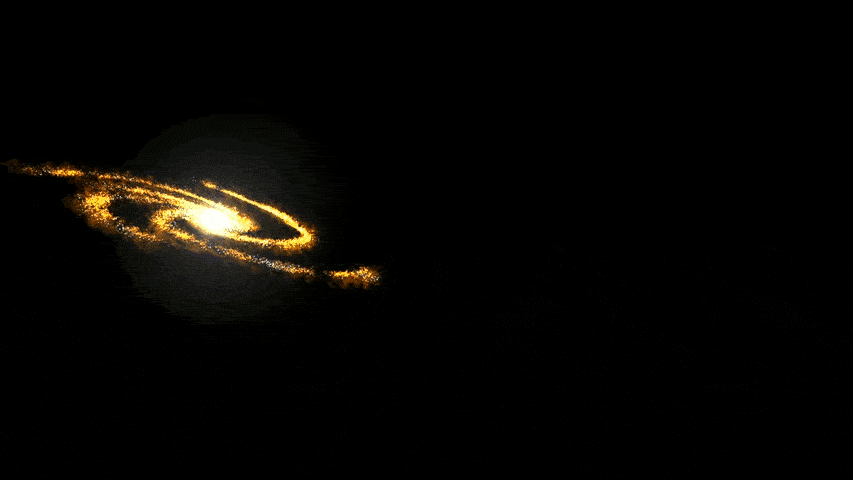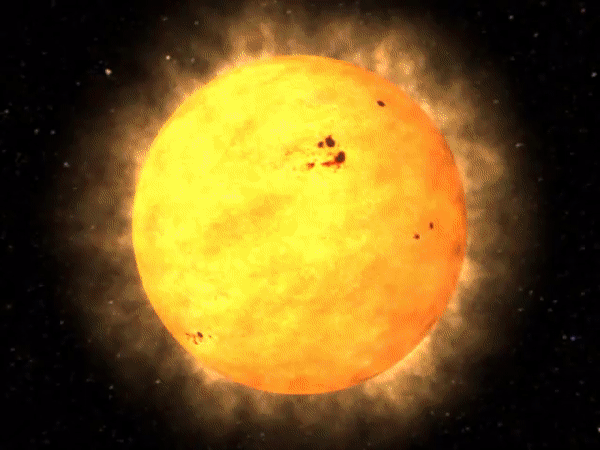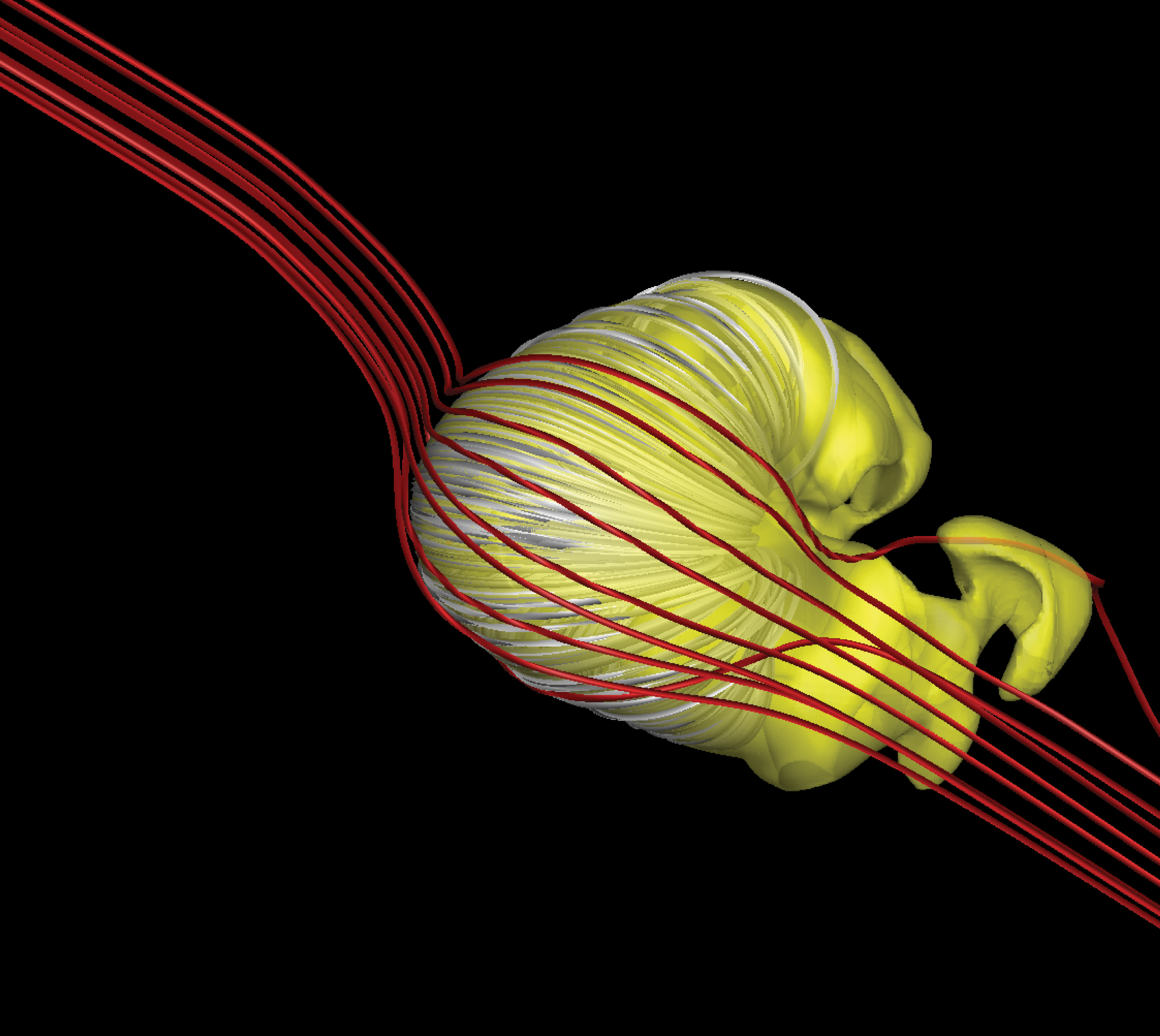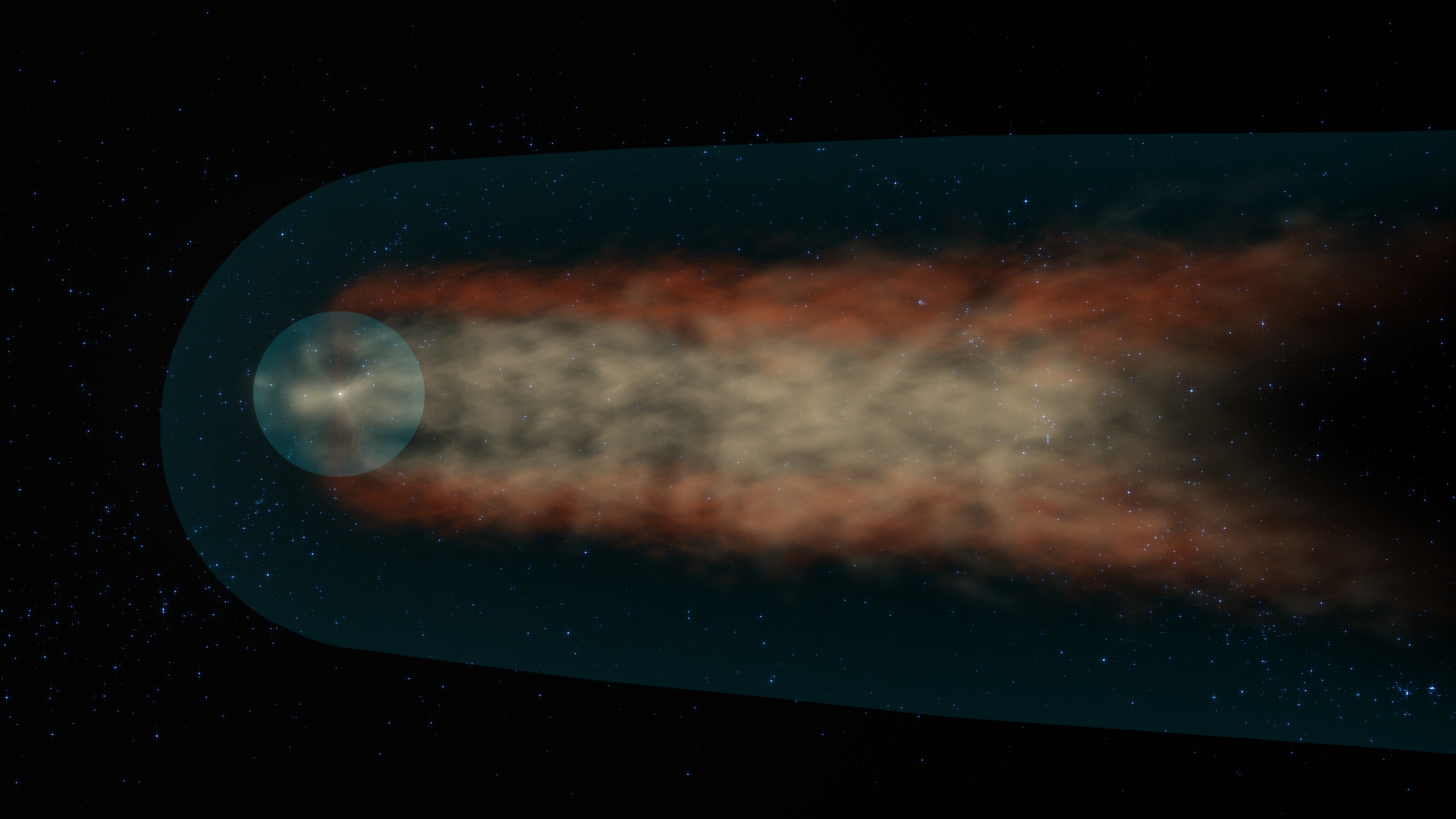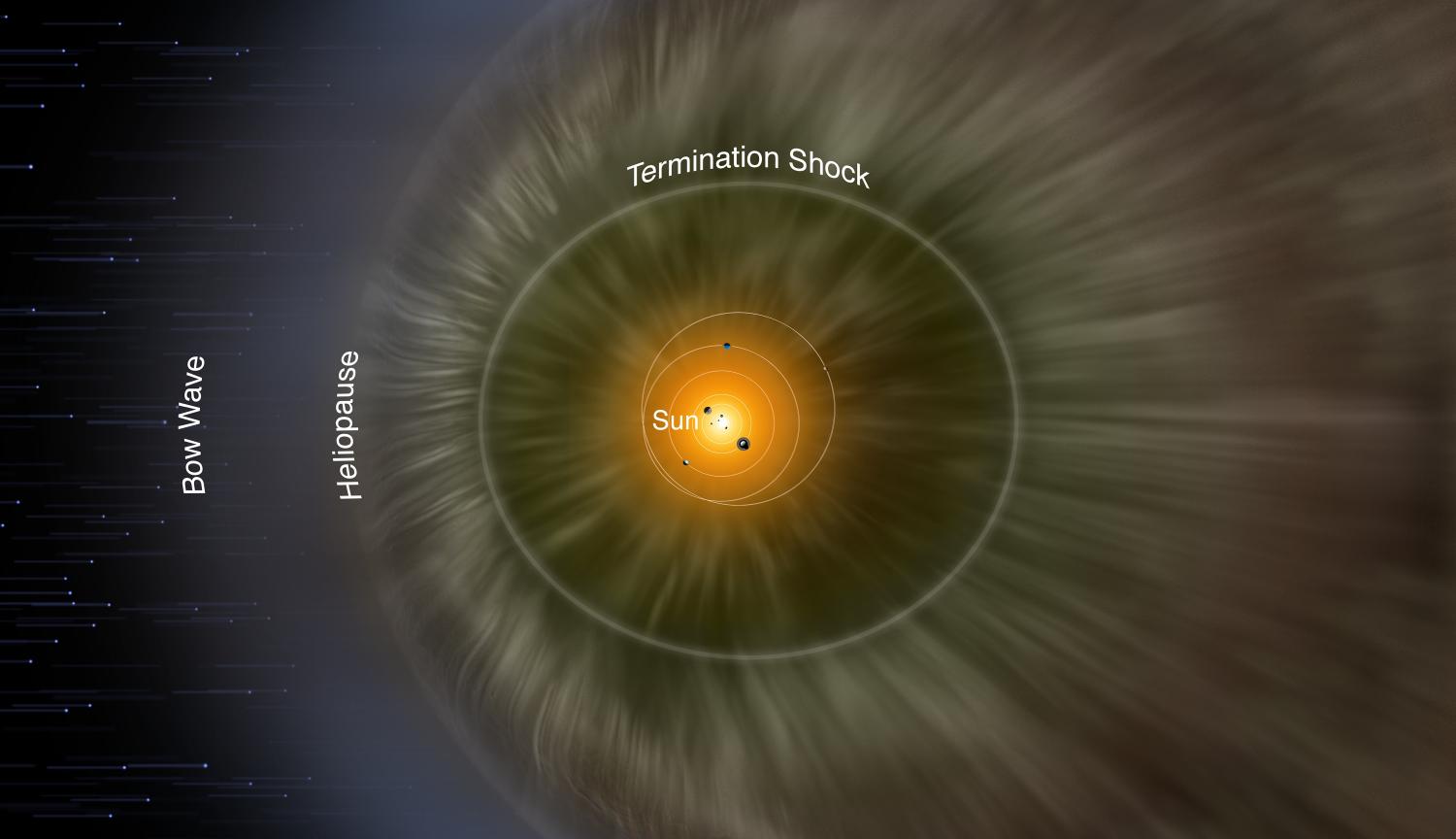IBEX
Interstellar Boundary Explorer
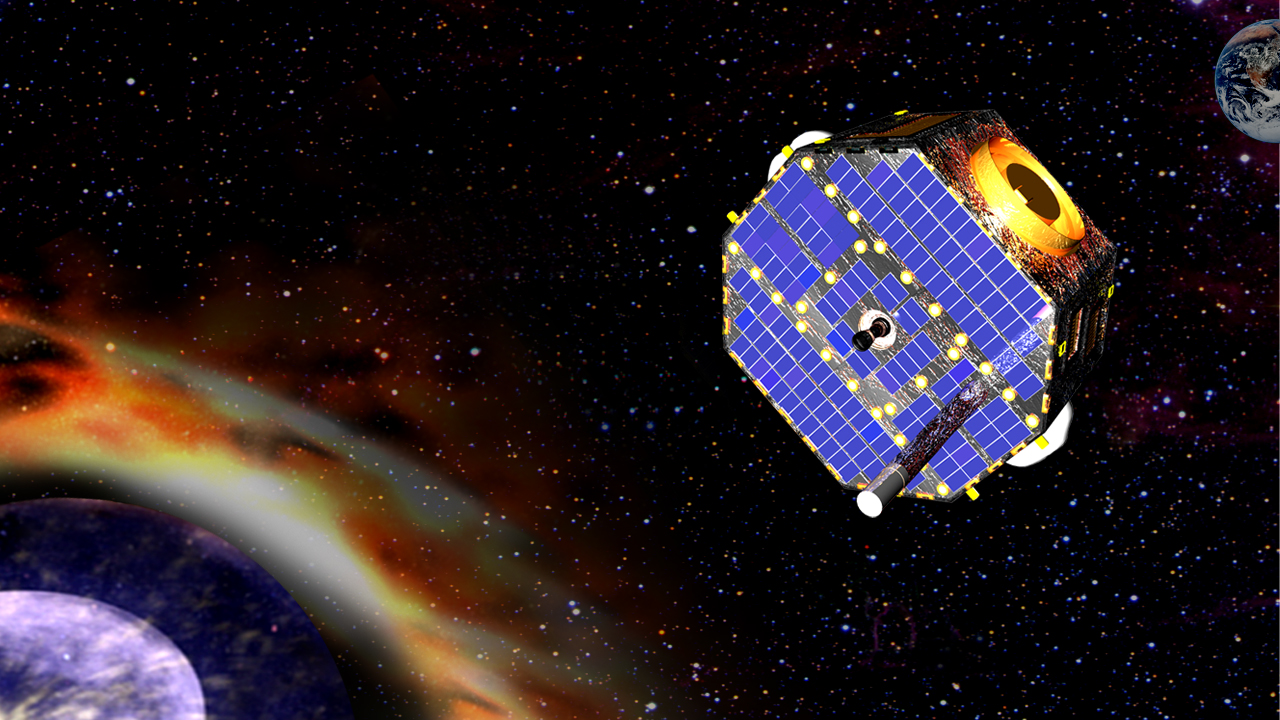
What is Interstellar Boundary Explorer (IBEX)?
Interstellar Boundary Explorer (IBEX) is a NASA spacecraft mapping the boundary of our solar system.
- IBEX is a small satellite the size of a bus tire.
- IBEX is observing the solar system boundary from orbit around Earth.
- IBEX has special "telescopes" that look out toward the edge of the solar system.
| Nation | United States of America (USA) |
| Objective(s) | Earth's Orbit |
| Spacecraft | Interstellar Boundary Explorer (IBEX) |
| Spacecraft Mass | 176 lbs (80 kilograms) |
| Mission Design and Management | NASA |
| Launch Vehicle | Pegasus XL Rocket |
| Launch Date and Time | Oct. 19, 2008 | 17:48 UT |
| Launch Site | Ronald Reagan Ballistic Missile Defense Test Site, Republic of the Marshall Islands |
| Scientific Instruments | Two Very Large Aperture Single Pixel "Cameras": IBEX–Hi and IBEX–Lo |
In Depth: Interstellar Boundary Explorer (IBEX)
Interstellar Boundary Explorer (IBEX) is a small explorer NASA mission to map the boundary of the solar system.
IBEX is a small satellite the size of a bus tire. It's observing the solar system boundary while in orbit around Earth.
It has "telescopes" that look out toward the edge of the solar system. However, these telescopes are different than most telescopes. They collect particles instead of light.
These particles are called energetic neutral atoms (ENAs)—high-energy particles produced at the very edge of our solar system. The ENAs provide information about the solar system's boundary by traveling toward Earth from beyond the orbit of Pluto. The particles travel for as little as a month to up to 11 years to complete the journey.
By collecting these particles, scientists are able to study the boundary of our solar system. This boundary is created by the interaction between the solar wind and the interstellar medium.
The solar wind streams out into space and carves out a protective bubble around the solar system called the heliosphere. The heliosphere encases all the planets in our solar system and much of the space beyond them, separating the domain of our Sun from that of interstellar space.
IBEX already has made the first all-sky map of the heliosphere. One of the immediate results was a surprise: the maps are bisected by a bright, winding ribbon of unknown origin. The finding could change our understanding of the heliosphere.
Key Resources
Southwest Research Institute: IBEX
Giant Ribbon Discovered at the Edge of Our Solar System
National Space Science Data Center Master Catalog: IBEX



























